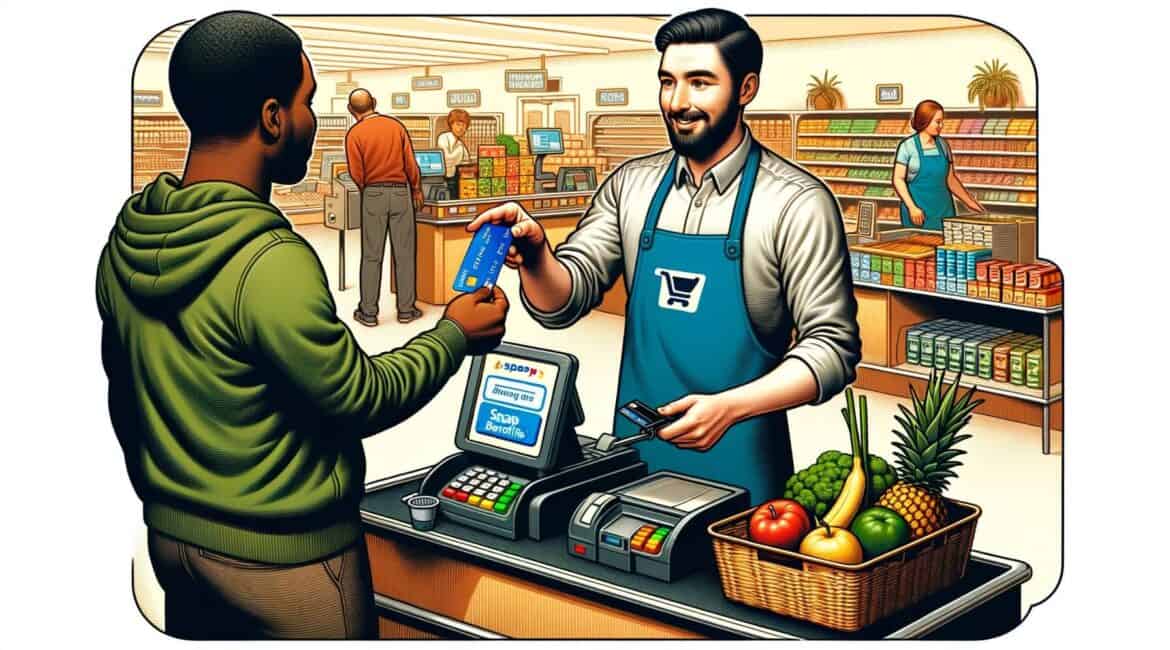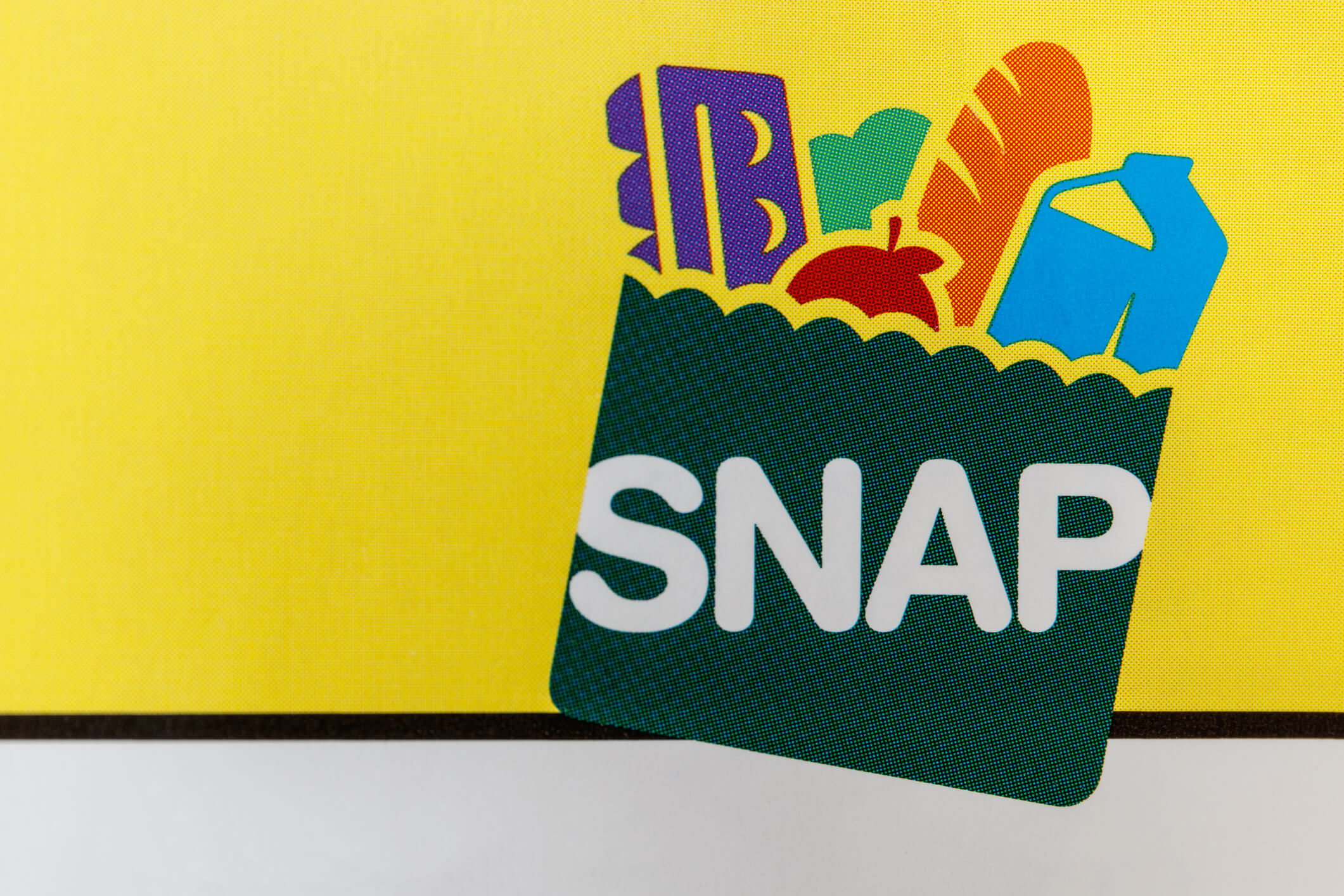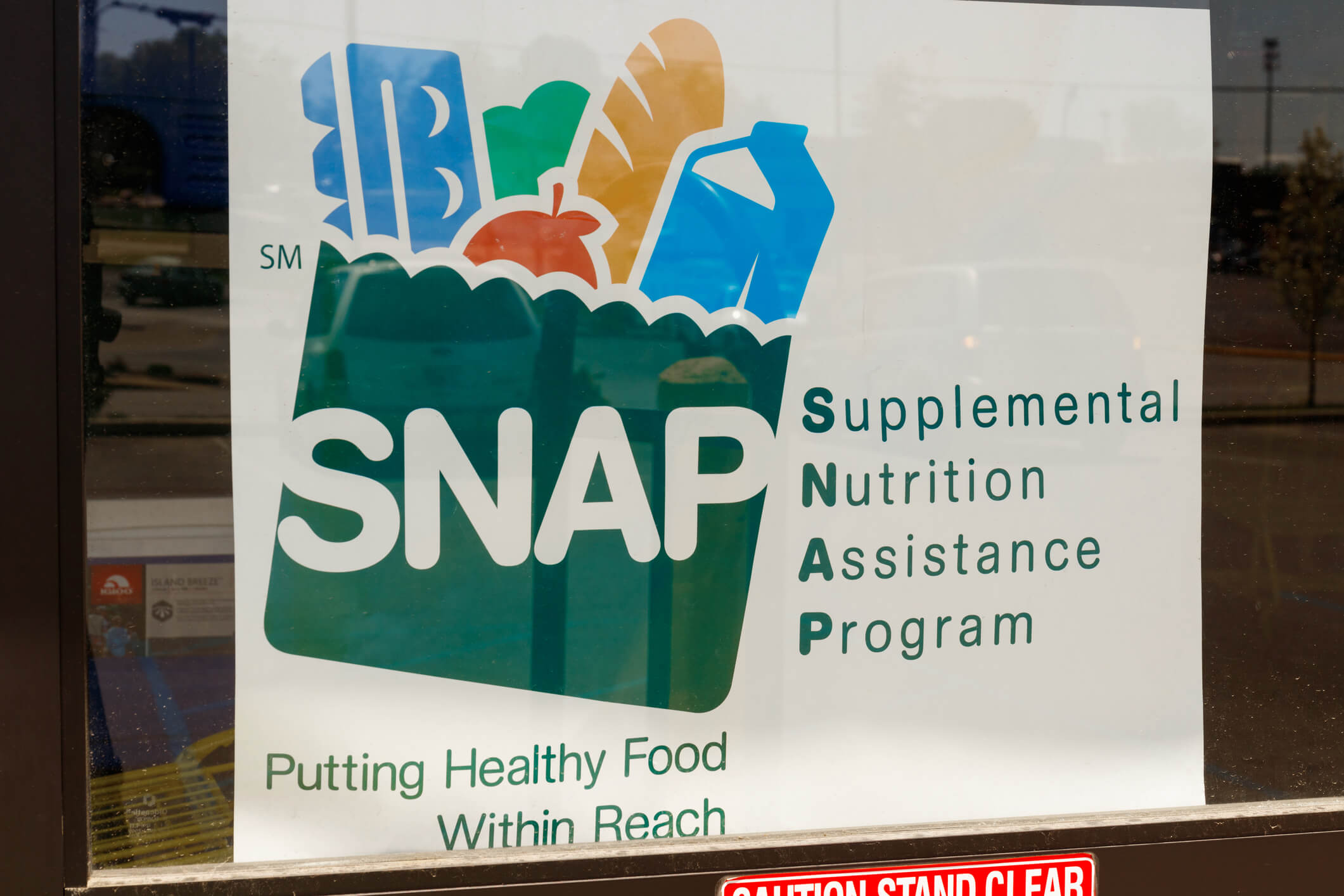In times of disaster, ensuring that individuals and families have access to essential food resources becomes a critical priority. The Supplemental Nutrition Assistance Program (SNAP) provides vital assistance to low-income households, helping them purchase nutritious food through the use of Electronic Benefit Transfer (EBT) cards. However, during times of disaster,...
Information for Cashiers When Accepting SNAP Benefits
The Supplemental Nutrition Assistance Program (SNAP), formerly known as the Food Stamp Program, is a federal assistance program in the United States that provides eligible low-income individuals and families with funds to purchase food. As a cashier, it is crucial to understand the ins and outs of SNAP benefits to...
How Do I File a SNAP Complaint
The Supplemental Nutrition Assistance Program (SNAP), formerly known as the Food Stamp Program, is a federal assistance program in the United States that provides eligible low-income individuals and families with funds to purchase food. While the program aims to ensure food security for those in need, there may be instances...
Why Are My SNAP Benefits Delayed
The Supplemental Nutrition Assistance Program (SNAP), formerly known as the Food Stamp Program, is a federal assistance program in the United States that provides eligible low-income individuals and families with funds to purchase food. SNAP benefits are crucial for millions of Americans who struggle to afford nutritious meals. However, there...
What Is SNAP and How Do I Apply
The Supplemental Nutrition Assistance Program (SNAP), formerly known as the Food Stamp Program, is a federal assistance program in the United States that provides eligible low-income individuals and families with funds to purchase food. SNAP aims to alleviate hunger and improve nutrition by ensuring that individuals and families have access...




